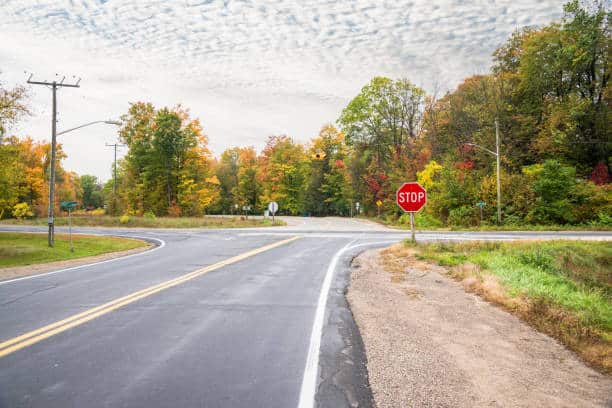
Augusta, Georgia, is a city rich in history and culture, but also one facing modern roadway challenges. The increasing population, rising traffic, and a growing economy have put pressure on local infrastructure. For drivers, certain intersections pose higher risks, and understanding those areas is essential to improving public safety.
These dangers don’t exist in isolation. They connect to larger conversations happening across Georgia from funding debates at the Georgia General Assembly to transportation initiatives supported by leaders at the Georgia State Capitol and oversight from agencies such as the Georgia Department of Revenue, the Georgia Bureau of Investigation, and the Georgia Secretary of State. Infrastructure decisions, roadway monitoring, and accident data collection all intersect at the local and state level, impacting residents who drive through Augusta daily.
Why Dangerous Intersections Matter
Across Georgia, the focus on public safety at intersections links to long-standing legislative discussions dating back to the United States Constitution and the Articles of Confederation, which established how states manage their internal structures. Today, when drivers navigate Augusta’s busiest intersections, they face a mix of modern-day risks: distracted driving, speeding, outdated signal systems, and high congestion.
This struggle mirrors larger national conversations, from the civil rights movement to modern civil rights law, where roadway access and safety have been part of equality discussions. Once shaped by inequitable access to public infrastructure, present-day Georgia faces demands to ensure fair, safe, and equal transportation for all residents.
Methodology for Ranking Intersections
The intersections included in this list are based on:
- Crash statistics from GDOT, local law enforcement, and community reporting.
- Input from civic leaders, including those connected with Neighborhood Planning Units and Augusta’s transportation committees.
- Broader infrastructure considerations tied to projects like the infrastructure package debated at the federal and state levels, and Moving Atlanta Forward initiatives that spill over into surrounding counties.
The Top 5 Most Dangerous Intersections in Augusta, GA
1. Wrightsboro Road & Jackson Road
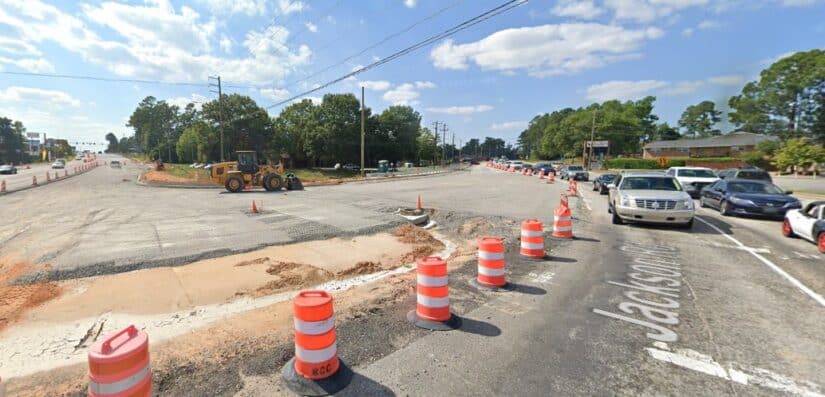
This intersection reflects Augusta’s complex relationship with rapid urban growth. Located near shopping centers and residential zones, it embodies challenges that even Mayor Dickens and city planners in Atlanta often highlight when discussing roadway safety statewide.
Risk Factors:
- Heavy local traffic tied to school drop-offs and commuters, including Georgia high school seniors rushing between campuses.
- Complicated left-turn signals and short stoplight cycles.
- Confusing pedestrian crossings, leaving walkers, including those from Susie King Taylor Community School, vulnerable.
This site reminds us of Georgia’s layered history. Just as the Trail of Tears and Indian Removal Act reshaped the state centuries ago, today roadways reshape the daily paths of thousands of Augusta residents.
2. Bobby Jones Expressway (I-520) & Peach Orchard Road
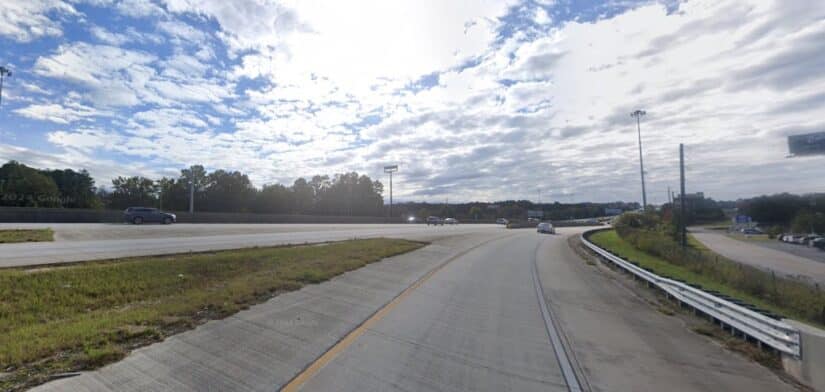
Known for high-speed collisions, this interchange is central to discussions on traffic design and regional commerce. It’s no coincidence that commercial freight traveling to and from the Port of Savannah and the Georgia Ports Authority adds heavy truck volume here.
Risk Factors:
- Semi-trucks exiting toward warehouses, reminiscent of Georgia’s role during the Civil War and even the Sherman March to the Sea, where major routes shaped history.
- High-speed merging lanes creating bottlenecks.
- Drivers distracted by nearby billboards advertising everything from the Cash Assistance Program to Human Trafficking Resources.
This intersection demonstrates why infrastructure projects, such as those tied to Hartsfield–Jackson Atlanta International Airport, must coordinate with highways across the state.
3. Deans Bridge Road & Gordon Highway
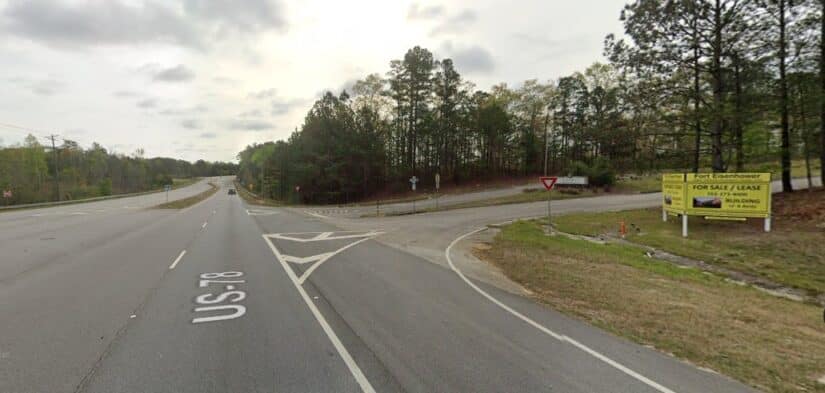
A historically busy location, this intersection connects military personnel, shoppers, and commuters. The military presence recalls Augusta’s link to past conflicts, from Andersonville Prison during the Civil War to modern defense projects such as the MQ-9B SkyGuardian, Gray Eagle ER, and Ground Control Stations overseen by defense contractors like General Atomics Aeronautical Systems Inc.
Risk Factors:
- High pedestrian activity combined with drivers running red lights.
- Proximity to military facilities where traffic spikes at shift changes.
- Roadside distractions, echoing debates around the Distraction-Free Education Act that highlight safety for drivers and students alike.
This intersection also sees foot traffic from young adults navigating their path toward Georgia public colleges, where scholarships such as the Zell Miller Scholarship and HOPE Scholarship define futures.
4. Washington Road & Alexander Drive
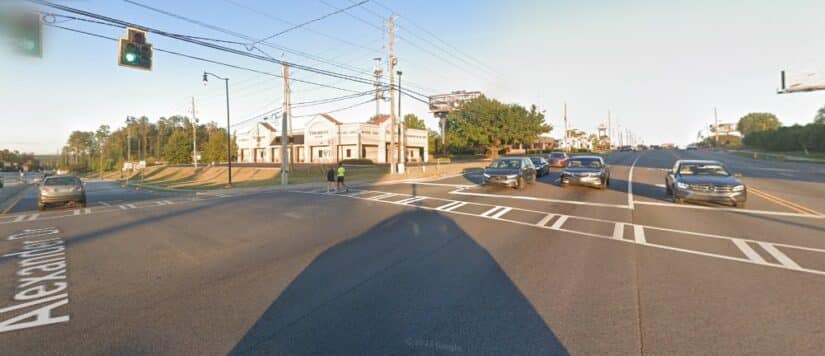
Located in a bustling commercial corridor, this intersection blends Augusta’s modern economy with its historical legacy.
Risk Factors:
- Heavy congestion due to restaurants and retail outlets.
- Nighttime speeding is linked to entertainment venues.
- Confusion among tourists, echoing themes from Georgia’s Georgia Gold Rush days when newcomers crowded into busy areas.
Interestingly, discussions about road safety here have even referenced civil liberties debates dating back to Obergefell v. Hodges, reflecting how civic policy always interacts with community infrastructure.
5. Wheeler Road & Walton Way Extension

This intersection sits near medical facilities and educational campuses, making it a daily crossing point for healthcare workers, students, and residents.
Risk Factors:
- Signal patterns that leave drivers confused, much like the Jim Martin and Sonny Perdue debates in Georgia politics that left voters divided.
- Congestion during hospital visiting hours, connecting to broader civil rights law ensuring equal access to healthcare.
- Bad weather visibility, recalling tragedies such as Georgia’s role in the civil rights movement and its ongoing demand for equal public safety standards.
Nearby, students preparing for Georgia Milestones assessments or adapting to Georgia’s new K-12 Mathematics Standards often cross this roadway, putting vulnerable populations at risk.
Broader Safety Context
Dangerous intersections don’t just involve cars. They touch on:
- Licensing issues, from Driver’s License renewals to applications for a Marriage License or Weapons Carry License, as every state service must consider traffic accessibility.
- Community Service Hours requirements tied to civic education.
- Programs like Veteran & Civilian Small Business initiatives that rely on safe transportation networks.
Even controversial figures like Secretary Raffensperger appear in debates over Voter List Maintenance and roadway access to polling places.
Safety Tips for Drivers
Drivers navigating Augusta’s dangerous intersections can adopt the following:
- Slow down and obey signals, much like students learning under special education services must follow structured guidelines.
- Anticipate congestion during peak times, especially when traveling toward the MARTA Board or government offices at the State Capitol.
- Be mindful of distractions, remembering that legislative efforts like the Distraction-Free Education Act exist for good reason.
About Ted Law firm
Ted Law Firm, has built its foundation on a commitment to serving individuals and families across Georgia who have been impacted by serious accidents. We serve families across Aiken, Anderson, Charleston, Columbia, Greenville, Myrtle Beach, North Augusta and Orangeburg. With a strong focus on providing dedicated representation and unwavering support, Ted Law continues to be a trusted name in the Augusta community. Contact us today for a free consultation
